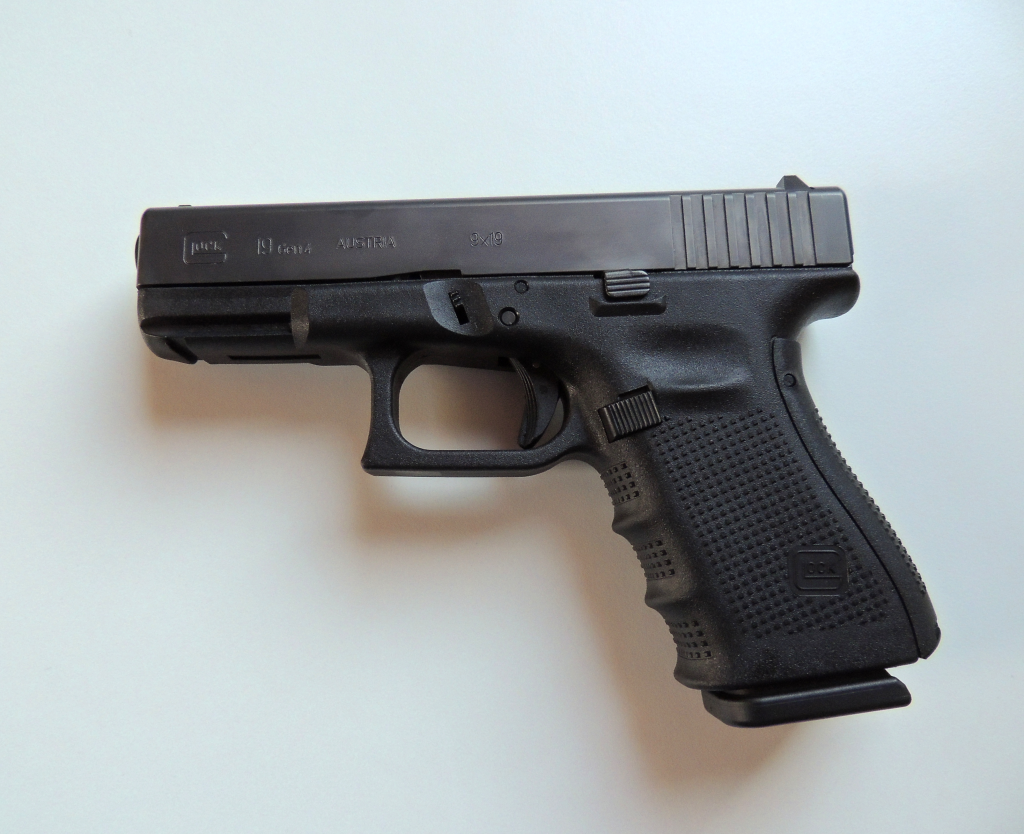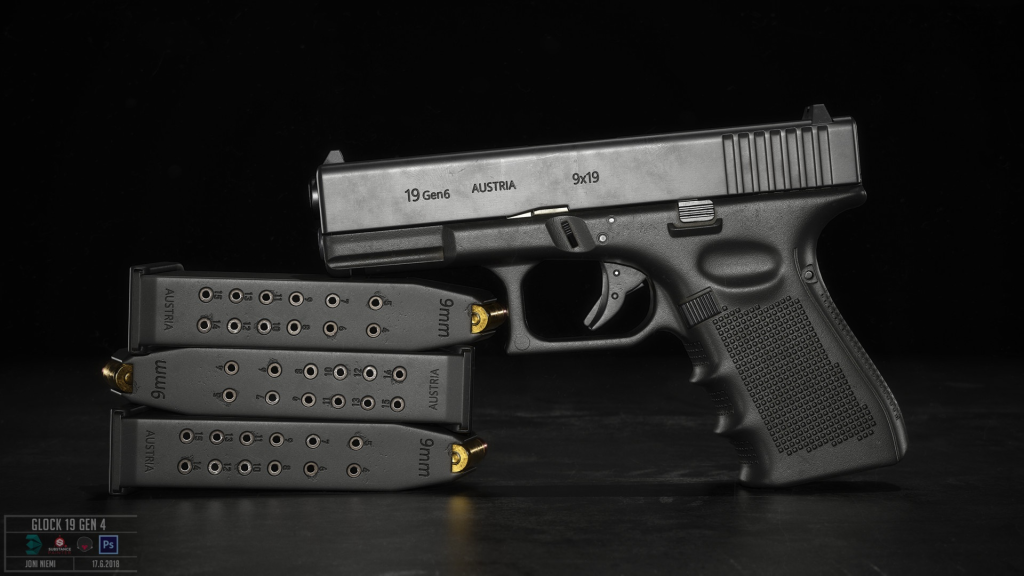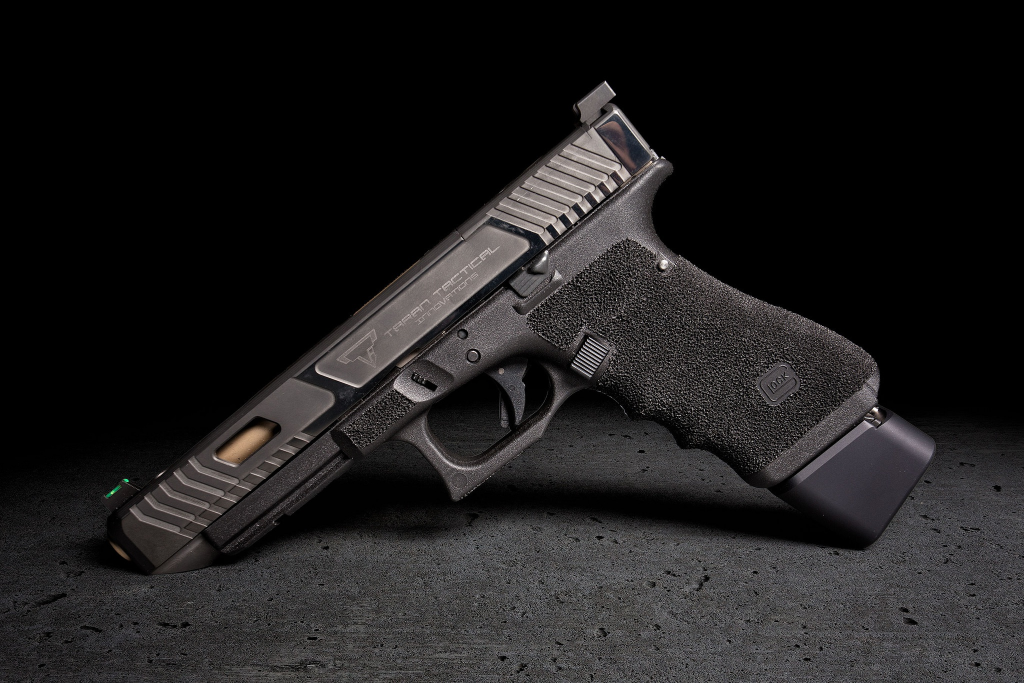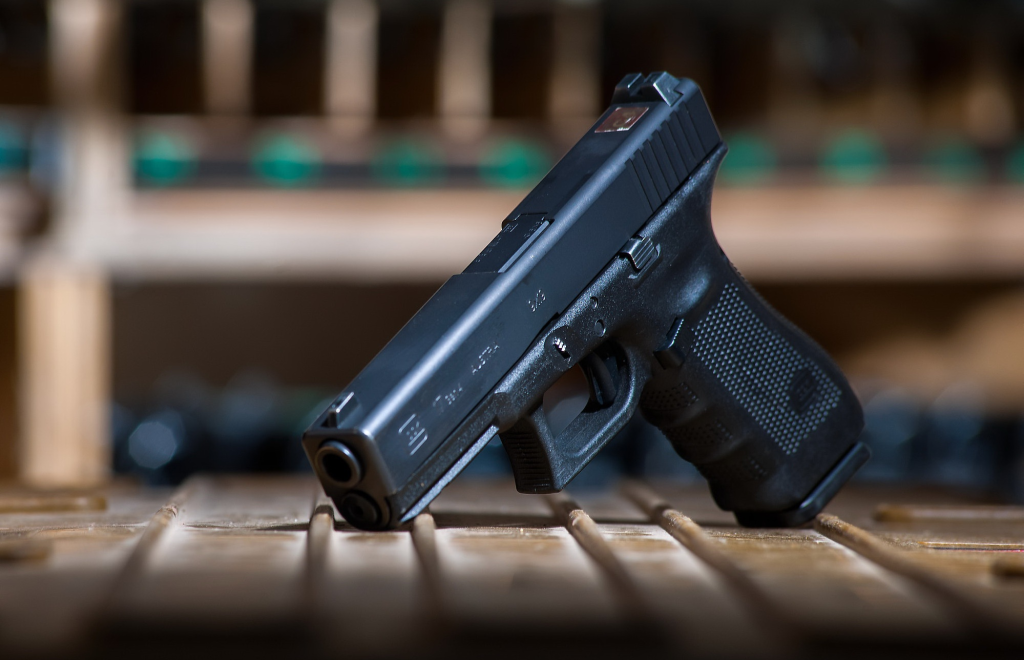
Is Glock quietly rewriting the rules of its own legacy? News it would be discontinuing dozens of commercial pistol models-everything from Generations 3 and 4 to select Gen 5 SKUs-sent shockwaves throughout the firearms community. Long mainstays in gun shops and holsters around the world, models such as the G17, G19, G22, and G30 are being phased out in one of the largest portfolio shifts in Glock history.
While Glock refers to this move as “a bid for innovation and future growth,” the rumor mill speaks of much deeper currents: regulatory pressure over illegal conversions, a strategic shift toward optics-ready platforms, and the ruthless culling of low-volume SKUs. To dealers, shooters, and collectors alike, this is more than a product update but a reshaping of what Glock represents in the modern market.
Here are some of the most convincing reasons behind such a decision, the models that have been axed, and what these changes portend for the future of Glock pistols.

1. Streamlining the Catalog for Market Efficiency
For years, Glock had one of the most extensive handgun catalogs in the industry, with many calibers, frame sizes, and generational variants. That breadth obviously comes at a few major costs: those niche calibers like .357 SIG and .45 GAP, along with the older Gen 3 and Gen 4 models, do not move off the shelves as quickly as mainstream 9mm offerings. By chopping those low-volume SKUs, Glock focuses resources on high-demand products, smoothing out manufacturing efficiency and distribution. As one observer told Guns.com, “It’s clear from offerings … that optics-ready models will likely be front and center moving forward.” This isn’t just about trimming fat; it is about positioning the brand to move quicker in response to consumer trends and competitive pressures.

2. Transition to Optics-Ready Platforms
For Glock, such a discontinuation is wholly in line with its forceful push both toward MOS and COA designs. Indeed, the company seems intent on retiring older frames and slides that don’t have such systems integrated into the design while ushering in more future-proof platforms where the system will be included out of the box. This is part of the greater momentum happening across the industry toward being factory-ready with red dot installations without any aftermarket milling required. Glock’s collaborations, such as the Glock × Aimpoint COA series, presage an upcoming generation-possibly Gen 6-where optics integration is the rule rather than an option.

3. Regulatory Pressure Over “Glock Switch” Conversions
A powerful undercurrent here is growing legal scrutiny over what has been called the “Glock switch,” a small device capable of converting certain pistols into fully automatic fire. Lawsuits by New Jersey and Minnesota in December 2024 accused Glock of knowingly selling models that could be easily modified. Media analysis and forum discussions place many of the discontinued SKUs in designs prone to such conversions. Though the official line from Glock would point to innovation, sources close to the industry say there’s a clear link between portfolio cleanup and the need to mitigate regulatory and reputational risk.

4. California’s Ban on Easily Modified Pistols
The timing of Glock’s move coincides with California’s Assembly Bill 1127, signed on October 12, 2025, which bans the sales of pistols that can be easily altered with illegal conversion devices starting July 1, 2026. The law would target models which would accept such modifications without major technical barriers. This and other legislation, along with lawsuits in cities such as Chicago and Seattle, has increased the pressure on manufacturers to redesign products to include anti-conversion safeguards. Unconfirmed reports indicate that Glock may replace most current models with redesigned “V Models” featuring internal changes to make illegal conversions impossible.

5. Slimline and Subcompact Rise to Dominance
While Glock is discontinuing the legacy full-size and compact models, Slimline series firearms such as the G43, G43X, and G48 would remain untouched. These single-stack pistols take the best engineering traits of both Generation 4 and Generation 5 design in a discreetly sized and lightweight package tailor-made for concealed carry. Very popular, especially among first-time buyers, this represents a market shift toward slimmer, more concealable firearms. It would be retained by Glock to keep up with the fastest-growing handgun segments.

6. Generational Evolution and Compatibility Challenges
The problem with that is, this discontinuation disproportionately affects Gen 3 and Gen 4 pistols, which, though popular, lack compatibility with modern optics systems and some regulatory-compliant features. Generation 5 models introduced upgrades such as the Glock Marksman Barrel, ambidextrous controls, and a flared magwell-but even some of these Gen 5 MOS variants are getting the ax. It shows strategic focus on refining the product line rather than backward compatibility, potential frustration for owners heavy into older holsters and after-market parts. Related Articles.

7. Collector and Aftermarket Implications
For collectors, discontinued models tend to gain value-especially iconic variants such as the G17L or G34 MOS. The industry of after-market parts will likely experience disruption as the demand shifts to supported models. Companies manufacturing holsters and offering custom work will have to get up to speed quickly, and in doing so, may abandon support for older SKUs. This transition may spur a short-term increase in sales as enthusiasts clamor to get “end of an era” pistols before they disappear from store shelves.

8. Preparing for a Possible Gen 6 Era
Rumors of a Gen 6 platform point toward Glock preparing a clean slate by integrating optics readiness, anti-conversion engineering, and possibly new ergonomics. If true, this discontinuation serves to bridge to this next generation-clearing the catalog of designs that don’t conform to future standards. Whether it’s 2026 or later, the building blocks being laid down now promise a more homogeneous, compliance-friendly, technologically ready product line. Glock’s sweeping discontinuation of dozens of pistol models is more than a business decision; it’s a signal of where the brand, and arguably the industry, is going.

When Glock axes legacy SKUs, doubles down on optics-ready design, and yields to regulatory pressure, it sets up for a future in which compliance, modularity, and modern shooting trends are the sine qua non of success. For enthusiasts, the takeaway is simple: the Glock of tomorrow will look different-and the models being retired today may soon become prized pieces of history.


